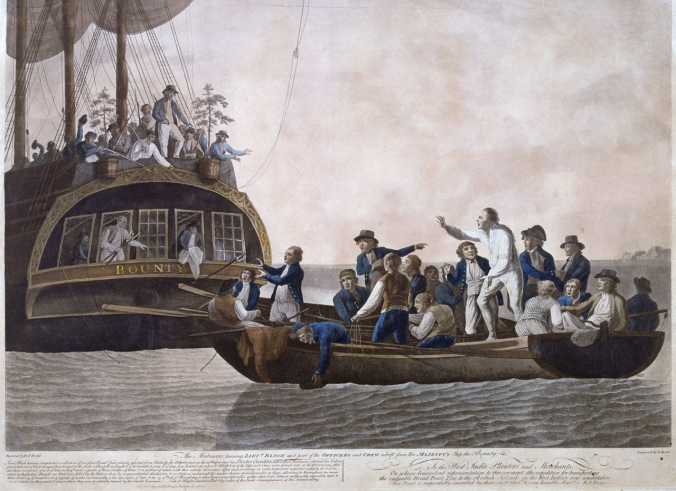
It’s an ugly fact of life that getting old means getting infections. Old people get attacked more by pathogens, and the damage that these germs cause can speed up the aging process, leading to even more infections. The standard explanation for this vulnerability is that the immune system falters in old age, opening an opportunity for pathogens to invade. But in the journal Biology Direct, Viktor Muller of Eotvos Unversity and his colleagues propose that something else is also going on in the aging body. Maybe the microbiome senses that its host is in bad shape and rises up in rebellion. The scientists call their idea “the Microbiome Mutiny Hypothesis.”
It may seem like a strange notion, but several lines of evidence suggest it’s worth considering. First of all, a lot of the pathogens that attack the elderly come from within. They grow quietly and harmless for decades inside people’s bodies and then switch over to causing dangerous infections later in life. The answer to why old people get infections must address why harmless bacteria turn bad in old age.
To understand this turn, we have to abandon any strict division between “good” germs and “bad” ones. For the germs themselves, these are just two ends of a seamless spectrum. Depending on how they use their host, microbes may cause no harm, a little, or a lot. And the virulence of a microbe–the amount of harm it causes–can itself evolve over time. Under some conditions, natural selection may favor gentle handling. But in other situations, causing deadly disease may be the winning strategy.
A lot of factors go into determining which strategy will be a winner for a given microbe. For some microbes, the best way to multiply may be ripping open host cells and feasting on their contents. This may kill a lot of their hosts, but that may not matter to the microbes, since they can escape to a new host–say, by causing diarrhea that contaminates a water supply. But in other conditions, killing a host may be a bad long-term strategy–if, for example, the odds are low that a microbe will get from one host to the next.
It’s even possible for organisms to evolve the ability to switch between these strategies, using the best strategy for different environments. In a 2013 experiment, Oxford scientists observed this switch evolve before their eyes.
They studied phages, which are viruses that infect bacteria. A phage invades a bacterium and makes new copies of itself. The bacterium eventually ruptures, spilling out the next generation of phages.
The scientists reared phages under unusual conditions–they mixed together a very high concentration of phages with bacteria. As a result, each microbe tended to get infected by more than one phage. The phages would then make copies of themselves at different rates. When the microbe ruptures, out would come a mixture of phages. The faster breeders dominated over the slower ones.
The scientists let the phages evolve in these conditions for 50 days. When they were done, the phages could now adjust their speed. If they found themselves alone in a host cell, they grew slowly. But if they sensed other phages in the cell, they sped up, so as to outcompete their rivals. As a result, their host died faster.
Muller and his colleagues propose that some of the microbes that live in our bodies can also switch from benign to deadly for similar reasons. While we’re healthy, they growing slowly, causing us no harm. But as we approach the end of our lives, the microbiome shifts to a more aggressive strategy.
“Killing the goose that lays the golden eggs might not be such a bad idea if the goose is going to die soon, anyway,” the scientists write.
There’s good evidence that microbial residents can eavesdrop on our health. A pathogen called Pseudomonas aeruginosa, for example, can sense certain molecules our brains release in response to stress. They respond by unleashing a toxin that help them grow–while also damaging our lungs.
Muller and his colleagues offer some ways to test their hypothesis. If they’re right, then infections in old age aren’t just the result of a slack immune system. Instead, bacteria and viruses sense a changed environment and respond by making new molecules, which they use to grow aggressively and cause harm. If scientists disable these molecules, then the pathogens should become tame again.
It would be interesting to see the Microbiome Mutiny hypothesis put to such a test. Conceivably, scientists could someday turn the test into a treatment. Rather than blasting the elderly with broad-spectrum antibiotics, doctors could just disarm the mutiny.
Originally published January 19, 2015. Copyright 2015 Carl Zimmer.

